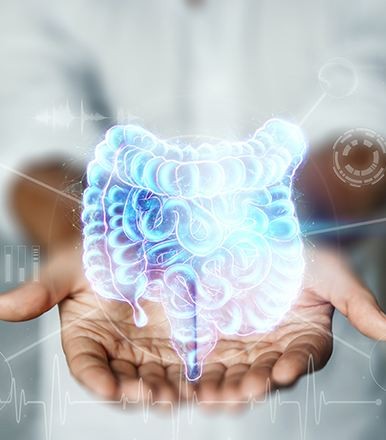In today's rapidly evolving society, teenagers face numerous challenges as they navigate through adolescence. One concerning issue that has emerged in recent years is the rise in addictions among teenagers. Whether it is substance abuse, technology dependency, or gambling, addictions are impacting the lives of young individuals at an alarming rate.
Addictions among teenagers have reached a disconcerting level in contemporary society. Substance abuse, including alcohol, tobacco, and illicit drugs, remains a significant concern. In addition to substance addictions, excessive screen time and internet use have given rise to technology addiction. Furthermore, the ease of access to online gambling platforms has led to an increase in gambling addiction among teenagers. This article aims to shed light on the various types of addictions plaguing today's youth and explore the underlying factors contributing to this worrisome trend.
1. Substance Abuse:
One of the most prominent forms of addiction among teenagers is substance abuse. Whether it's alcohol, tobacco, or illicit drugs, adolescents often find themselves drawn to these substances due to factors such as peer pressure, curiosity, or an attempt to cope with personal problems. The availability and accessibility of these substances, combined with a lack of awareness about the risks involved, make it a pressing issue that needs urgent attention.
2. Technology Addiction:
The rise of smartphones, social media platforms, and online gaming has given birth to a new type of addiction: technology addiction. Teenagers, who are especially vulnerable to the allure of virtual worlds, find themselves increasingly reliant on their devices for social validation, entertainment, and escape from reality. Excessive use of technology not only leads to physical and mental health issues but also hampers their academic performance and overall well-being.
3. Gambling Addiction:
It is another form of addiction that has gained traction among teenagers. With the expansion of online gambling platforms and the glamorization of poker and betting through media, many young individuals are lured into the deceptive world of gambling. The thrill, the possibility of winning big, and the desire to escape from personal problems often make them vulnerable to developing gambling addictions, which can have severe financial and emotional consequences. Maintaining strong, supportive relationships with teenagers, setting clear boundaries, and actively participating in their lives can significantly reduce the risk of addictive gambling addiction.
4. Eating Disorders:
While not traditionally categorized as an addiction, eating disorders such as anorexia nervosa, bulimia nervosa, and binge-eating disorder are increasingly recognized as addictive behaviors. Teenagers, particularly young girls, are bombarded with unrealistic beauty standards portrayed in the media. The pressure to conform to these ideals, coupled with low self-esteem, can trigger an unhealthy obsession with food, leading to a vicious cycle of disordered eating patterns and a distorted body image.
Various underlying factors contribute to the development of addictions among teenagers. These include:
- Peer Pressure: Adolescents often succumb to the influence of their peers, seeking acceptance and belonging within their social circles.
- Emotional Issues: Teenagers experiencing emotional difficulties such as stress, anxiety, depression, or trauma may turn to addictive behaviors as a means of escape or self-medication.
- Lack of Education: Insufficient education about the risks and consequences of addiction leaves teenagers ill-equipped to make informed decisions regarding substance use and other addictive behaviors.
- Family Environment: Dysfunctional family dynamics, neglect, or parental substance abuse can significantly increase the likelihood of teenagers developing addictions.
How can society help contribute towards the betterment of this issue:
- Firstly, raising awareness and educating teenagers, parents, and educators about the dangers of addiction is crucial.
- School-based prevention programs, peer support groups, and community initiatives play an integral role in providing accurate information and promoting healthy lifestyle choices.
- Additionally, early identification and intervention are essential in mitigating the harmful effects of addiction.
- Establishing accessible counseling services within schools and communities can help identify at-risk individuals and provide appropriate support.
- Encouraging open communication and fostering a non-judgmental environment can help teenagers feel comfortable seeking help.
- Furthermore, parents and guardians have a vital role in preventing addiction behaviors.
- Engaging in healthy activities as a family and encouraging alternative coping mechanisms can also contribute to preventing addiction.
Check out Hello Fitness Magazine. There is never a wrong time to go on a fitness quest. Contact us and allow us to assist you in leading a better lifestyle. Follow us on Instagram. We share the best Health & Fitness related Articles for information based on healthy eating, health and fitness recommendations, health problems and their solutions, human body fitness, and much more.











